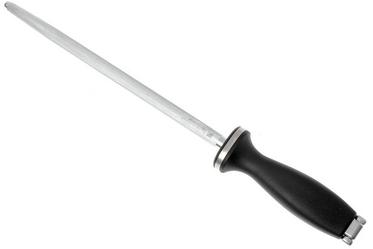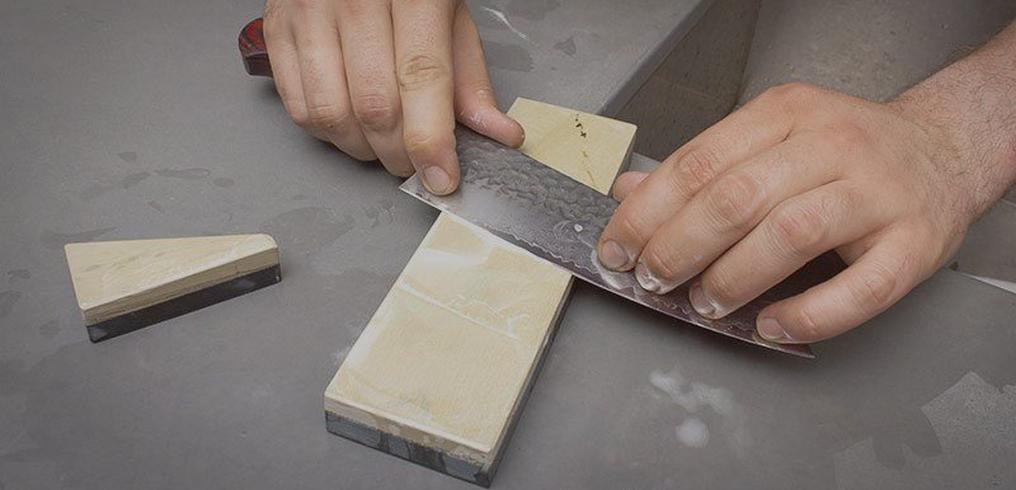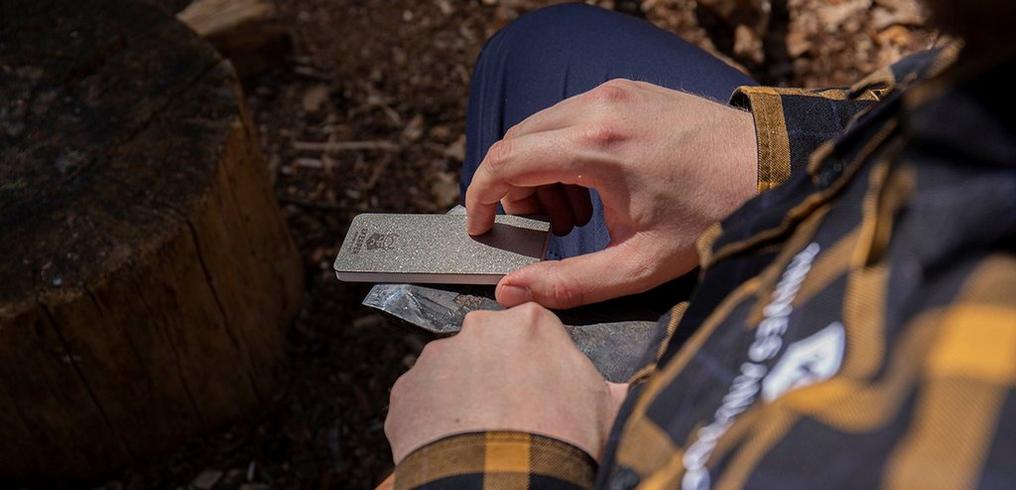Sharpening steel buying guide: which sharpening steel do I need?
A sharpening steel is a great tool when maintaining your knives on a daily basis. Is your tomato constantly winning from your chef's knife? If so a sharpening steel can fix that for you in only minutes. But what type of sharpening steel do you need? Knivesandtools explains!
Sharpening steel and honing steels can be divided into three categories: the ceramic sharpening steel, the diamond-coated sharpening steel and the honing steel. After making the choice for the right type of sharpening steel, the next thing you need to do is look at the length. The longer the sharpening steel, the easier it will be to make the right sharpening movements. A long sharpening steel will, however, also take up much more room in your kitchen drawers, and in some knife blocks you won't have room for a 30 cm long sharpening steel.
In the video below you can learn more about the differences between a sharpening steel and honing steel and how to use them.
Ceramic sharpening steels
The ceramic sharpening steel only removes a little material from the edge, and will sharpen your knife. Because it removes so little material, it is perfect for daily use. A ceramic sharpening steel can also handle knives with different hardnesses. Especially with extremely hard types of steel a ceramic sharpening steel is great because it is less aggressive than a diamond-coated sharpening steel, even though there are people who love the diamond-coated sharpening steel for exactly that reason. You do need to be careful with a ceramic sharpening steel: if you drop it, chances are that it will break.
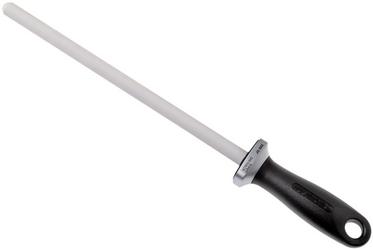
Diamond-coated sharpening steels
Diamond-coated sharpening steels quickly remove a lot of material. As such only a few strokes will be enough and even the hardest types of steel are not a problem. The result is an edge that slightly 'bites'. Great when cutting meat and tomatoes. A diamond-coated sharpening steel won't break when you drop it, but because you remove a lot of material we recommend not using it on a daily basis. You namely don't want to remove too much material. Diamond-coated sharpening steels are not round but oval. As such they often don't fit in the round cut-out in a knife block.
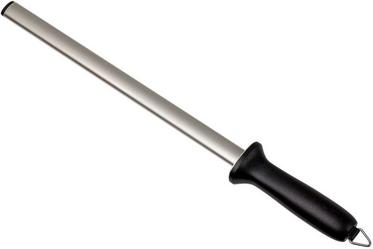
Honing steels
You don't use a honing steel to sharpen your knives. It will, after all, not remove any material. You use it to remove burrs or to straighten the edge of your knife to make it appear sharper. This only works with slightly softer knives. Modern knives with a high hardness (59HRC and higher) don't really benefit from this. Softer butcher's knives and boning knives do benefit from a honing steel. It is, however, good to know that using a honing steel won't replace the sharpening process. The ceramic and diamond-coated sharpening steels do sharpen your knives.
